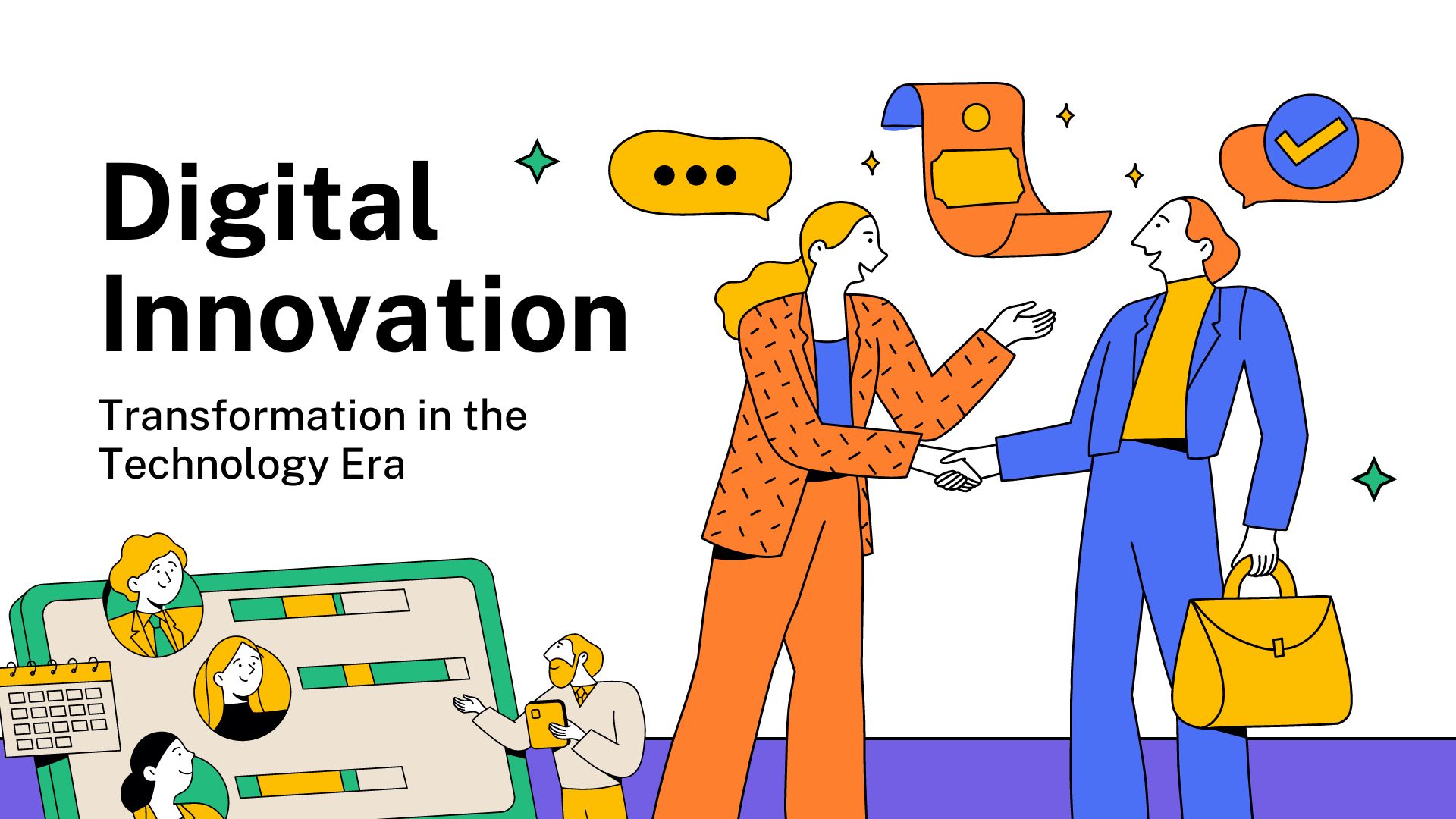
24 Jun IoT Device Development
IoT Device Development – Innovation has no boundaries in the constantly changing IoT (Internet of Things) ecosystem. IoT gadgets are revolutionising our interactions with our surroundings as we move forward by improving connectivity, efficiency, and ease of use. The possibilities are boundless, ranging from connected cities to smart houses. Based on user experience and new trends, we’ll examine the top 10 IoT devices now ruling the market in this extensive guide. We’ll also look at what’s in store for IoT after 2024.
The Top 10 Breakthroughs Creating Our Networked Future in IoT Device Development
1. Smart Thermostats
In contemporary houses, smart thermostats are now synonymous with comfort and energy efficiency. Easy-to-use gadgets from companies like Nest and Ecobee adapt temperatures according to occupancy, remember user preferences, and offer energy-saving advice. Anticipate increasingly more sophisticated AI algorithms in the future, along with their integration with renewable energy sources.
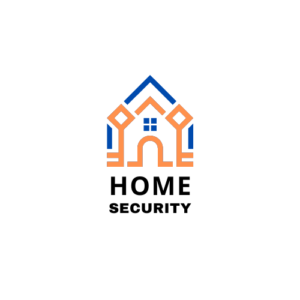
2. Smart Security Systems
Smart lighting systems offer energy savings, ambience, and convenience. Brands like Philips Hue and LIFX provide a range of options, including motion sensors, dimmable lights, and colour-changing bulbs. Look out for developments such as adaptive lighting systems that mimic natural sunlight patterns and Li-Fi technology, enabling high-speed data transmission through light
Voice-activated smart home assistants have become essential hubs for information access and device control in the IoT. Leading the industry in voice control, music streaming, smart home integration, and virtual assistants are Amazon Echo and Google Home. Future developments could bring increased compatibility with smart home ecosystems, personalized recommendations, and improved natural language processing.
3. Smart Home Assistants
4. Connected Health and Wellness Devices
The market is witnessing a surge in connected health and wellness devices that monitor vital signs and promote healthy living. Wearable technologies like Fitbit and Apple Watch track heart rate, sleep patterns, and fitness metrics. Potential future advances include predictive health analytics, wearable biosensors for non-invasive health monitoring, and integration with telemedicine platforms.
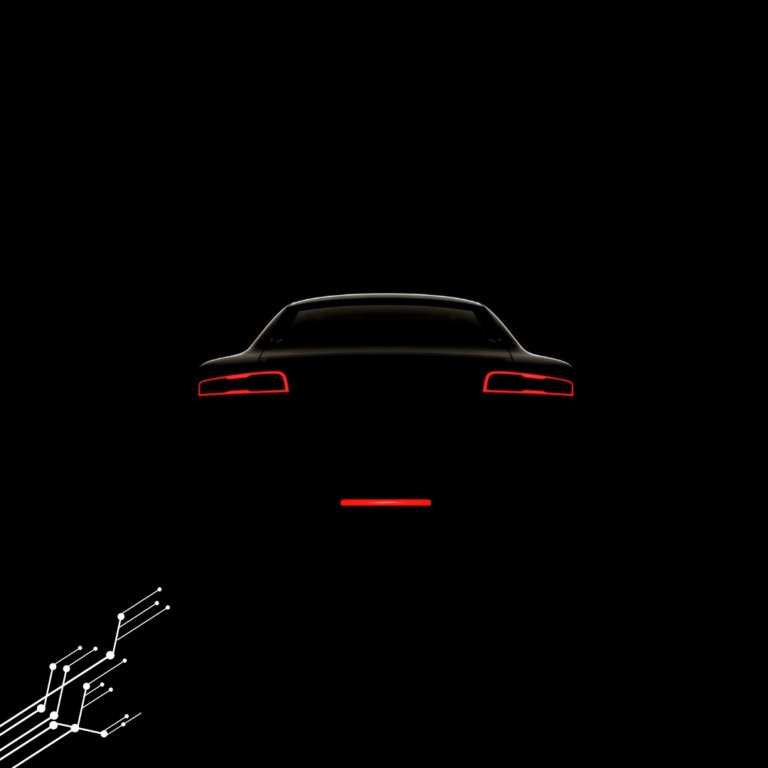
5. Connected Cars
Connected automobiles are reshaping the automotive sector with features like GPS navigation, remote vehicle management, and real-time traffic updates. Tesla’s Autopilot technology boasts the most advanced driver assistance features. Future developments might encompass autonomous driving capabilities, seamless interaction with smart city infrastructure, and vehicle-to-vehicle communication for enhanced safety.

6. Smart Security Cameras
Monitoring homes or businesses now relies on smart security cameras. Companies like Wyze, Arlo, and Ring provide features such as motion detection, online storage, and high-definition video streaming. Possible future enhancements include 360-degree coverage, object recognition technology, and integration with AI-driven security systems for proactive threat identification.
7. Smart appliances
Smart appliances, such as washing machines and refrigerators, are revolutionizing household chores. Brands like Samsung and LG offer connected appliances with features like energy monitoring, diagnostics, and remote control. Anticipate smart appliance settings based on user behaviour, predictive repair alerts, and optimised energy consumption through interconnected equipment in the future.
8. Wearable Health Trackers
These devices provide comprehensive health insights, surpassing simple fitness tracking. Gadgets like Oura Ring and Garmin fitness trackers monitor activity, sleep, heart rate, and stress levels. Potential future developments include integrated electronic health records for seamless healthcare administration, personalised health coaching, and real-time health monitoring via biofeedback sensors.
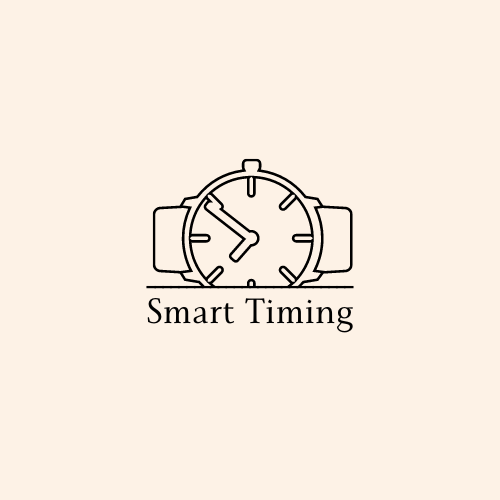
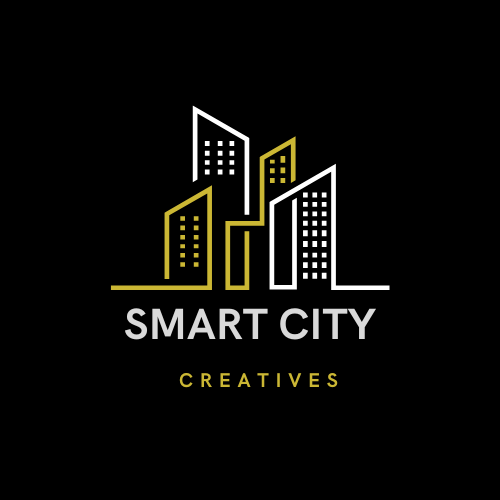
9. Smart City Solutions
To enhance productivity, environmental sustainability, and citizen quality of life, cities are embracing IoT technologies. Examples of smart city solutions include energy distribution systems, waste management, and intelligent traffic control. Anticipated future developments include IoT-enabled public transit systems, data-driven urban planning for efficient resource allocation, and smart grid technologies for the integration of renewable energy sources.
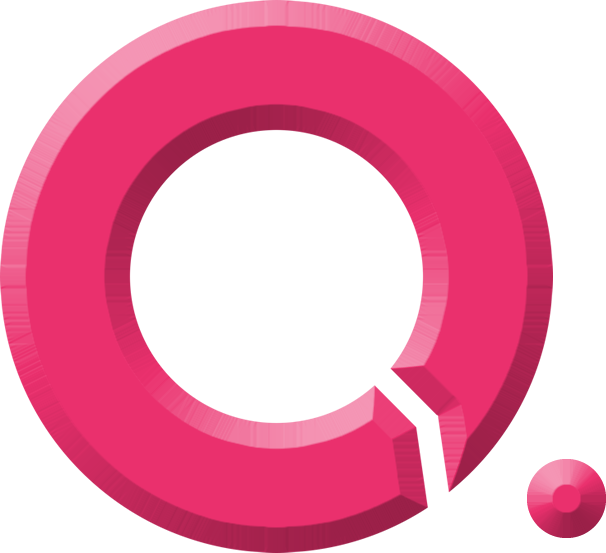


No Comments